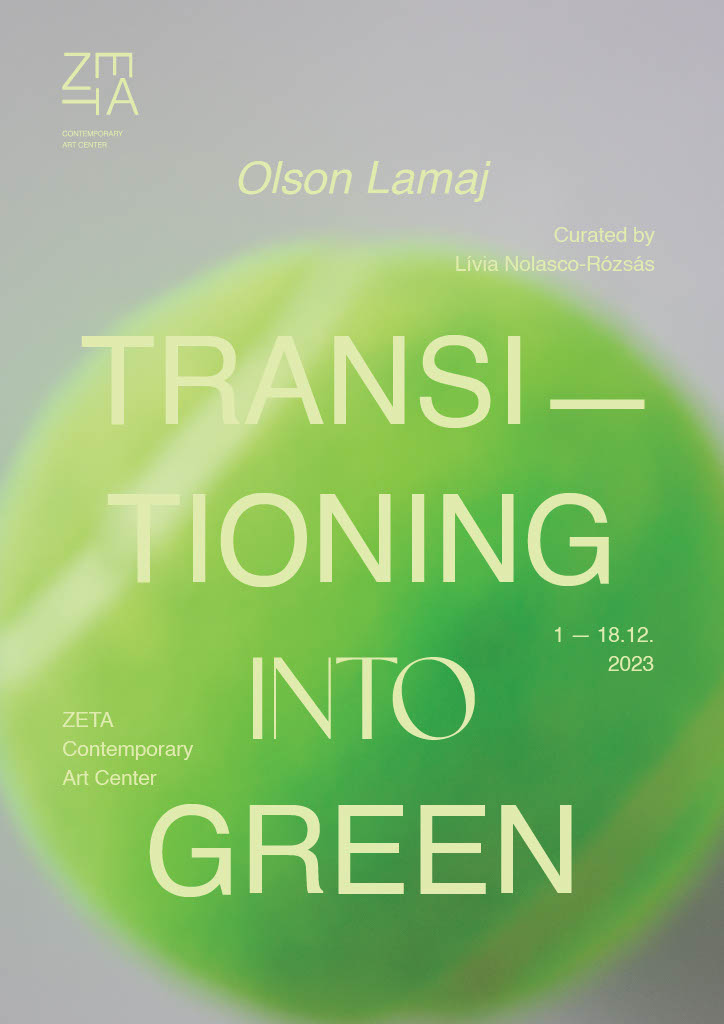TRANSITIONING INTO GREEN
Olson Lamaj
1 – 17 December 2023
Vernissage: December 1, 2023, 18:30
Can nature and culture truly be separated? For centuries, Western thought has asserted this division. Ontological assumptions in our Occidental culture drew a clear line between the artificial, a product of human intervention, and the natural, entirely independent. However, in the last century, it has become increasingly apparent that such dichotomies are barely sustainable. Traces of human activity are now ubiquitous. Direct and tangible examples surround us, such as microplastic particles found on beaches worldwide, in Arctic sea ice, and on the ocean floor.
We modify the appearance through breeding, cultivate and shape species with a trimmer. Olson Lamaj meticulously documents the traces of human activity that deform and reshape the environment, providing viewers with a morphology of the artificial transformations nature must endure.
The first series delves into the diversity of topiaries, capturing the results of this long-standing horticultural practice. Clipping the foliage and twigs of trees and shrubs, or the art of training plants, is widespread in Tirana. The photos showcase a selection of numerous topiaries lining the Lana River, cutting through the heart of Tirana, Albania.
As the artist describes, the goal was not to create a history or a thorough ethnography. The project cannot fully answer the questions that inspired it. Its aim is simply to provide as exhaustive documentation as possible of a single element of Tirana’s urban fabric, offering a window into the city’s political, economic, and aesthetic ecosystems. Gardeners define the shapes of the plants through hands-on experience and tools, coupled with their imagination in generating these forms.
Canaries exhibit various colors, with the main tone being yellow, and the variety of feather shades being boundless. Olson Lamaj accurately documents the art of breeding birds, representing them as specimens—always in the same pose, from the same angle, and with an identical background.
Both series appear to be an attempt to accurately illustrate the variety topiaries and domesticated canaries may have. Although the artist, as a sole visual researcher, cannot document all the forms and shapes these living beings take due to the work of their gardeners and breeders, the endless diversity is apparent. So are the similarities, making both series resemble a well-elaborated training dataset assembled by a human for a neural network to recognize a certain phenomenon—in this case, the canary and the topiary.
The installation of tennis balls builds a bridge between the two photo series of the show. Green Point consists of balls in shades of yellow transitioning into green. The color green symbolizes nature, while yellow represents the shade of tennis balls—symbols of a very human activity: playing games. Thus, the third, and most abstract work in the exhibition, depicts the dissolution of the dichotomy between nature and culture.
Lívia Nolasco-Rózsás
